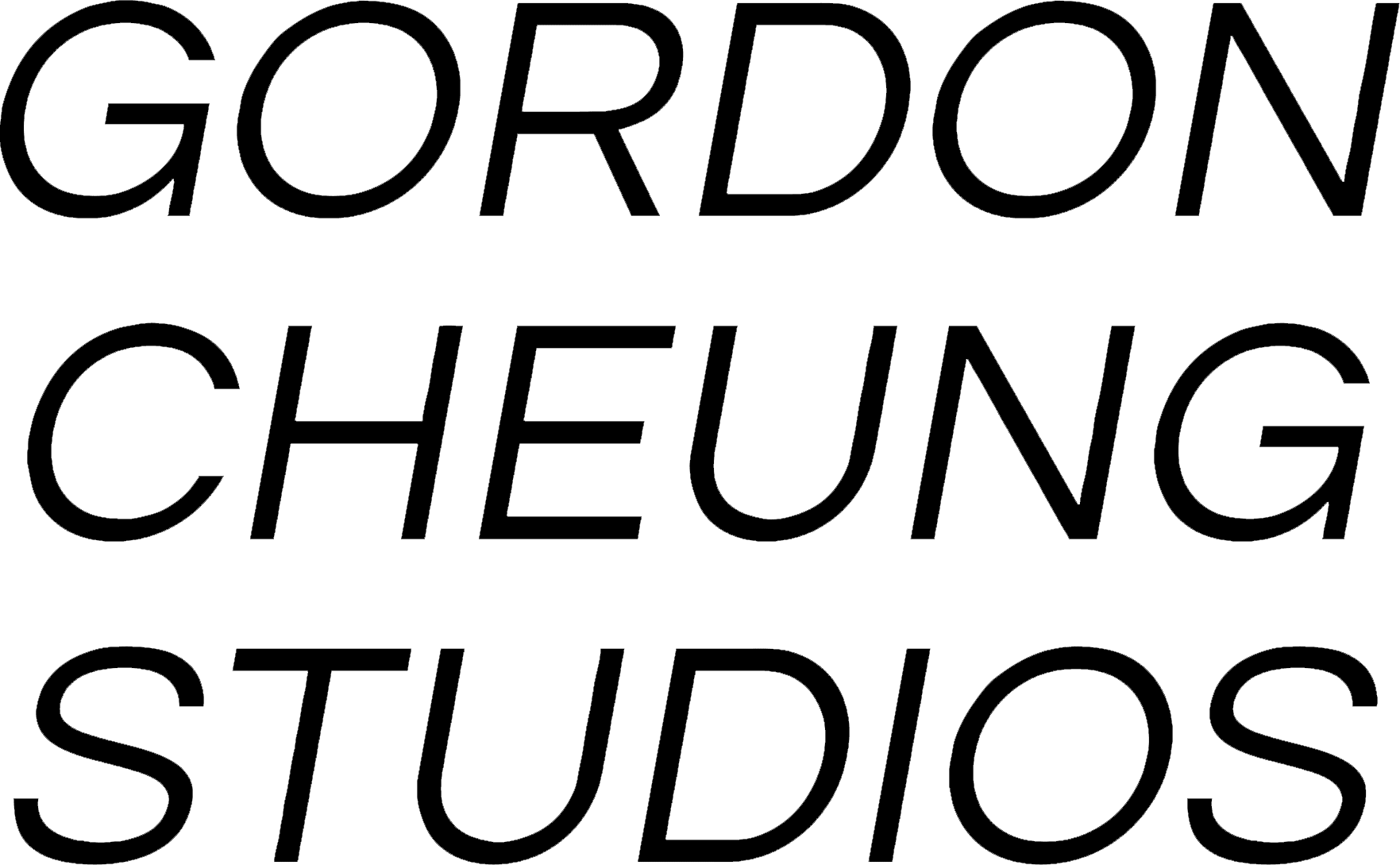
Minotaur No. 2, 2009
78 1/2 x 59 x 2 in
The stock market is called the bull and the bear market mythically for the way how they attack. A bear strikes down and a bull thrusts up to symbolize market movements. Animal attack metaphors are used to describe an artificial space that can be highly volatile with human emotions. The background to the paintings is a financial newspaper from which only the stock listings are used like a matrix of numbers representing the complex virtual space of global Capitalism. The digital and communications revolutions with the advent of the Internet and mobile phones at the end of the 20th Century accelerated trillions of Capital transmitting and carving out virtual worlds of Utopias and Dystopias altering our perceptions of time and space into a state of constant flux.
The motif of the bull rider represents the relationship between the animal kingdom and Capitalism, nature vs humanity. The dominant global economic model has extracted value from the environment with enormous success that in the 21st Century has led us to ecological existential questions about the future of humanity. From a distance we see an image of a bull rider in a desolate landscape and as you get closer the physicality of the painting is increasingly revealed; illusion to physical, virtual to actual. Visceral paint marks suggest energetic force with ribbons of paint looping the inertia of movement from the bucking bull leads to a questioning of how the surfaces and techniques are done. The psychedelic palette creates a sensation of otherworldliness with globes of light ambiguously suggesting a halo, a blast, lens flare or the sun itself. The luminous light both forms and dematerialises the landscape made of sand and spray painted into a moonscape; a twilight or dusk hour during which time is palpably felt through the slow dance of dramatic shadows. Sand poetically implies an Ozamandian corrosion that all civilisations crumble to sand and from the prism of fictional reality we can imagine what kind of world we want to live in.
This breaking down of the painting into the multiple layers of how it is constructed is a structural enquiry from the illusion of an image, to the physicality of the way the paintings are built, the actuality of the newspaper and finally the virtuality of the numbers. We move from depicted ‘real space’ to actual materials to the virtual space of numbers and return from the fractured spaces to recombine into a new way of seeing. The oscillation of perception from the different layers are a reflection of the new dimensions of modern life. In a data-saturated world we teleport through digital portals, our smart phone’s beam signals to deep sea cables to bouncing off satellites back to earth into a server, to ‘whirr’ a computer before sending back almost instantly to your phone. We have digitally traversed multiple dimensions and this modernity is captured in the paintings, layered with unorthodox techniques that merge paint and new media to form interconnected spaces through which current history is linked to the deep universal roots of mythologies. Fictional realities are what bind us and interwoven narratives form our identities that can lead to the formation of communities, tribes, societies, nations and civilisations. The bull rider series is called Minotaur from the ancient Greek myth of King Minas’ labyrinth where in the centre was the half man and beast. Within the modern day mythologies of the paintings, the beast is Capitalism merged with mankind bucking in a cycle of survival.
Exhibitions
The Promised Land, Jack Shainman Gallery, New York, USA (19/03/2009 to 18/04/2009)
